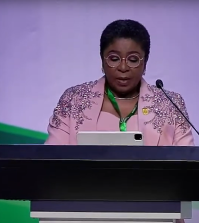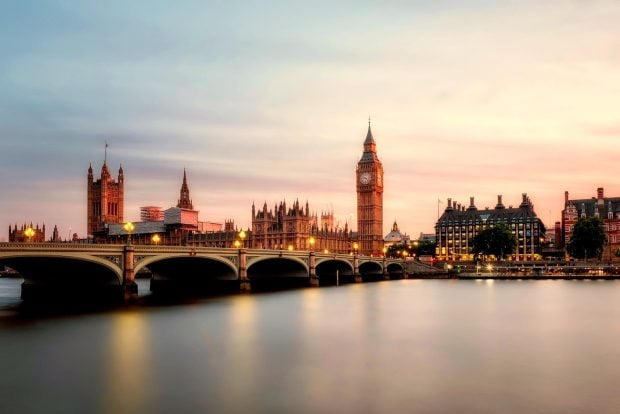UK government launches new single departmental business plans, but attracts criticism

New departmental business plans introduced by the UK government to strengthen financial management and provide a visions of how ministries will deliver the government’s priorities have been criticised for providing “little more than waffle.”
The single departmental business plans (SDPs), which replace previous business plans and earlier capability reviews, were published on Friday afternoon.
The 17 SDPs provide a “new way of monitoring performance against department objectives and improve financial management across government,” according to a government press release.
They have been hailed by Cabinet Office minister Matt Hancock as “an important step in our commitment to being the most transparent government ever.”
Head of the civil service and cabinet secretary Sir Jeremy Heywood tweeted today that “SDPs will be central to successful implementation of our commitments.”
And John Manzoni, chief executive of the civil service, told Global Government Forum in December that the plans would set out how departments will achieve “transformational change” to cut costs and become more efficient.
However, Julian McCrae, deputy director of the Institute for Government, a think-thank that scrutinises the government machinery, said it is “disappointing to see that the plans are little more than a laundry list of nice-to-haves, giving no sense of ministerial priorities.”
Many of the priorities set out in the plans, he said, “are little more than waffle, which is no use either to civil servants trying to implement the government’s agenda or to the public trying to hold them to account.”
He added: “Ministers’ failure to produce a single, clear roadmap for Whitehall departments will undoubtedly limit the government’s ability to fulfil its promises.”
The Cabinet Office’s plan states that to drive government efficiency, the Cabinet Office will make the civil service “more dynamic and streamlined” ; “roll out cross-government technology platforms to cut costs”; “co-locate government services” and potentially create “government hubs with other departments”; continue providing commercial advice to departments in order to “achieve greater value for money from procurement and contract management and reduce government’s spend on common goods and services” and carry on its crackdown on fraud, error and debt in conjunction with the Treasury and other departments.
The Cabinet Office in its SDP also said that it will “increase the number of public appointments going to women” and increase diversity and inclusion in the Cabinet Office and wider civil service, “particularly at our most senior levels” with more detail on this to be published this spring.
It also says that by January 2018, it wants 75% of major projects to be rated as green or amber green meaning they’re on track to succeed.
In 2015, 38% of major projects were rated amber or amber green.
The Treasury, another department at the centre of government, said in its plan that it will achieve £5 billion a year by 2019 to 2020 in savings “by tackling tax avoidance and tax planning, evasion and compliance, and addressing imbalances in the tax system” and reduce welfare spending by £12 billion.
The government said the plans will be revised annually every April and that a “small number of amendments may be made” to the new plans this April.
For up to date government news and international best practice follow us on Twitter @globegov


















